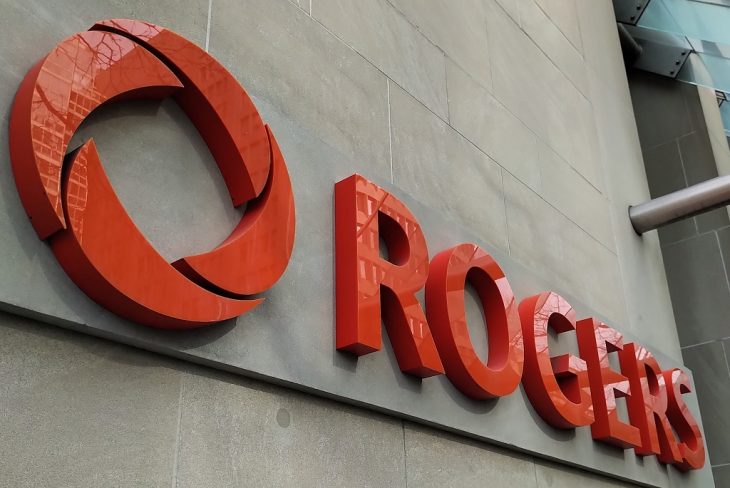
The CRTC has asked the Canadian Telecommunications Contribution Consortium (CTCC) — which oversees the operations of the commission’s National Contribution Fund (NCF) — to provide information on whether or not the proposed changes to the NCF’s collection practices put forward by Rogers in a Part 1 application are administratively viable.
In its June application, Rogers asked that the CRTC direct the Central Fund Administrator (CFA) to suspend requests for new contributions that support the commission’s $750-million Broadband Fund while instead drawing down contributors’ uncalled funds — amounts telecommunication service providers (TSPs) must be ready to deliver to the NCF when requested — or alternatively that the commission allow contributors to release half of their respective uncalled contributions.
In a letter dated Aug. 13, the CRTC has asked the CTCC and the CFA for input on Rogers’s proposed application. In particular, the CRTC wants to know if it is administratively feasible for the CFA to either release a portion of TSPs’ uncalled contributions or draw down TSPs’ uncalled funds while suspending requests for new contributions.
The CRTC also asks whether there are any administrative barriers or considerations that would prevent or impede the CFA from releasing half of the uncalled contributions, and asks for an explanation of the steps required to release a portion of uncalled contributions and an estimate of how long the implementation would take.
The CTCC and the CFA are further asked to detail all the information they would require from the CRTC if Rogers’s proposal to either release a portion of uncalled contributions or draw down uncalled funds while suspending new contribution requests were to be approved.
The CTCC and the CFA have until Aug. 22 to respond to the CRTC’s request for information. Interventions on those responses are due by Aug. 28. Rogers will have until Sept. 2 to reply to the new interventions.



